Impact of AI in Automotive Industry
Most of us must have seen automated cars in science fiction movies. Cars interacting with humans, such as KITT from Knight Rider which interacted with the driver and made decisions. It was also equipped to learn the owner’s behaviour and adapt accordingly.
As technology develops, this fictional representation of artificial intelligence in vehicles seems to be becoming more and more a reality. Only now, we are also closer to understanding the challenges and risks along with the advantages. That way, we can make a mature decision to adopt AI with complete knowledge of what we are getting into.
We all know the advantages of connected vehicles such as
●predictive maintenance
●safety features
●driver monitoring
●social media connectivity
AI also substantially increases the possibility of providing infotainment to the occupants of vehicles based on their social media connectivity.
Challenges of Connected Vehicles
Talking about connecting vehicles, let us be clear about the fact that it is not only about cars. We are also talking about commercial and passenger vehicles being connected with one another and the overall systems. This would also mean there are connected fleets of cabs and public service vehicles. While all this may be for the better of the people, we cannot ignore the challenges that may come up in the process such as:
●Signal Connectivity: When we talk about connected vehicles, we are talking about internet connectivity. While it may sound smooth and flashy, we cannot ignore the reality like bumpy roads, long tunnels, and low signal areas. Till such glitches are worked out, connected vehicles may still be a distant dream.
●Data management: When every occupant of every vehicle is connected to the internet, it is going to generate an enormous amount of data – along the lines of Terabytes. Managing this huge data and sorting through it to pick out the needles from the haystack is going to be a herculean task of sorts.
●Privacy: How can we control the data shared on the internet? As we adopt IoT to connect the vehicles, we will need to develop new regulations to control the data so that it doesn’t infringe on anyone’s privacy.
Scope of Connected Vehicles
With IoT connecting vehicles, there are definitely bound to be a lot of changes in the way traffic operates.
●Buses and trucks: Being connected with the system and one another can help heavy vehicles such as buses and trucks to manage proximity with one another and also spot tough traffic situations. Consequently, the vehicles can find alternate routes instead of manoeuvre around in heavy traffic causing inconvenience to rest of the vehicles.
●Emergency vehicles: Vehicles in jeopardy can transmit distress signals, resulting in quicker arrival of help and better chance of saving lives in danger.
●Lost vehicles: With vehicles connected with one another by GPS along with the social media connectivity, it would be possible for not just transport authorities but also facilities around to guide lost vehicles to the right path.
Conclusion
Knowing the scope of IoT for connected vehicles could be the right inspiration to work out the chink and ensure that the regulations developed are enforced effectively.
EMA, your solutions partner offers a wide array of IoT components that help streamline development of connected car applications. EMA engineers ensure uninterrupted integration of individual modules of the connected car within a secure cloud environment.







